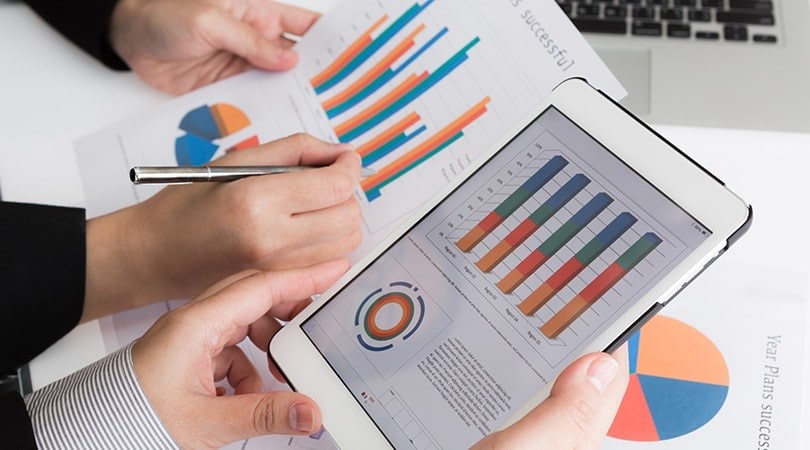Language is one of those mysteries of life that we might never truly understand. Naturally, it’s occurred all over the world – advancing and evolving until it is what we know it as today. Yet, even still; depending on the context, the setting, even the niche-market, terminology, and jargon create new language constantly. Understanding the jargon in any market is an essential aspect of succeeding. The same extends to procurement, which is why in this article, we’ll be discussing the term source to contract.
Unlike category management, which is just a single procurement tactic or aspect of a procurement strategy, source to contract is a much more all-encompassing term. The source to contract phrase truly refers to the entire system of procurement altogether. In other words, it refers to the collective processes and procedures used throughout the procurement process in order to source goods and services for both internal use and raw materials for production purposes.
Therefore, the source to contract term can include the procure-to-pay process, as well as the associated negotiations and other activities that led to the sourcing of goods and services for the organization. Since source to contract refers to the entire procurement system as a whole, it’s important to understand the various elements that make up the procurement system.
Before getting into those elements, it’s pertinent to mention that each procurement system is going to naturally vary. This is because every organization has slightly different needs when it comes to procurement and sourcing. This, in turn, leads to organizations adopting specific procurement practices that may or may not relate to other organization’s procurement strategies.
Taking this into account, it becomes even more obvious why companies need to dedicate time and resources to the procurement department and procurement-related activities. As one of the integral backbones of any organization; the investment is well worth the payoff.
Elements of Source to Contract
As mentioned above, source to contract truly refers to the entire procurement system as a whole. In other words, the source to contract system is a compilation of processes and procedures that are employed by the entire procurement team.
Negotiating Contracts
The first step in the procurement process is known as sourcing. Sourcing is different from source to contract, which is an important distinction. Sourcing is only one activity within the procurement department that is handled by procurement professionals. The sourcing process begins, normally, by compiling a short-list of qualified vendors.
These vendors are normally vetted and filtered to ensure that the highest quality vendors with the best prices are included on the short list. This is also largely an automated process these days with the assistance of powerful procurement software.
Upon compiling the short-list of vendors to consider, the next common step is to conduct a reverse auction in which the vendors bid lower rates on the contracts being offered by the organization running the auction until a winner is announced. This helps the organization save money on procurement activities and the overall price of contracts awarded as well.
After contracts are awarded, they’re then moved up the procurement chain and reviewed for final approval, before then making their way into the accounting house where they’re finally processed for payment. Whether immediately, or down the line upon receipt of goods and services.
This is really only one side of the procurement chain though, as there is also the internal side of procurement. This is the area of procurement that’s kicked off with a purchase order requisition and highlights the needs of the staff for everyday production.
Accounting, Finance, and Inventory
The final pillar in our little procurement trio is the accounting, finance, and inventory aspect. This may seem like an entirely different department that is unrelated to procurement; however, accounting, finance, and inventory are the last three ingredients that make a procurement department run smoothly. Connecting these activities to the rest of the procurement department’s activities streamlines the process from start to finish, and top to bottom.
Wrapping Up
Incorporating all of these processes into the source to contract procurement system will yield a myriad of benefits for your organization. From reducing the cost of the overall procurement lifecycle altogether to optimizing time spent on procurement activities and a boosted efficiency overall. Having a defined set of procurement processes to make up your procurement system will naturally lead to a more comprehensive and unified procurement process from top to bottom, creating a stronger system that meets the needs of the organization in a timely and consistent manner.
For more information on the source to contract system, or the procurement lifecycle as a whole, visit ProcurePort. ProcurePort is the internet’s premier source for everything procurement, from knowledge and information to the latest on software, technology, and anything else related to procurement.










